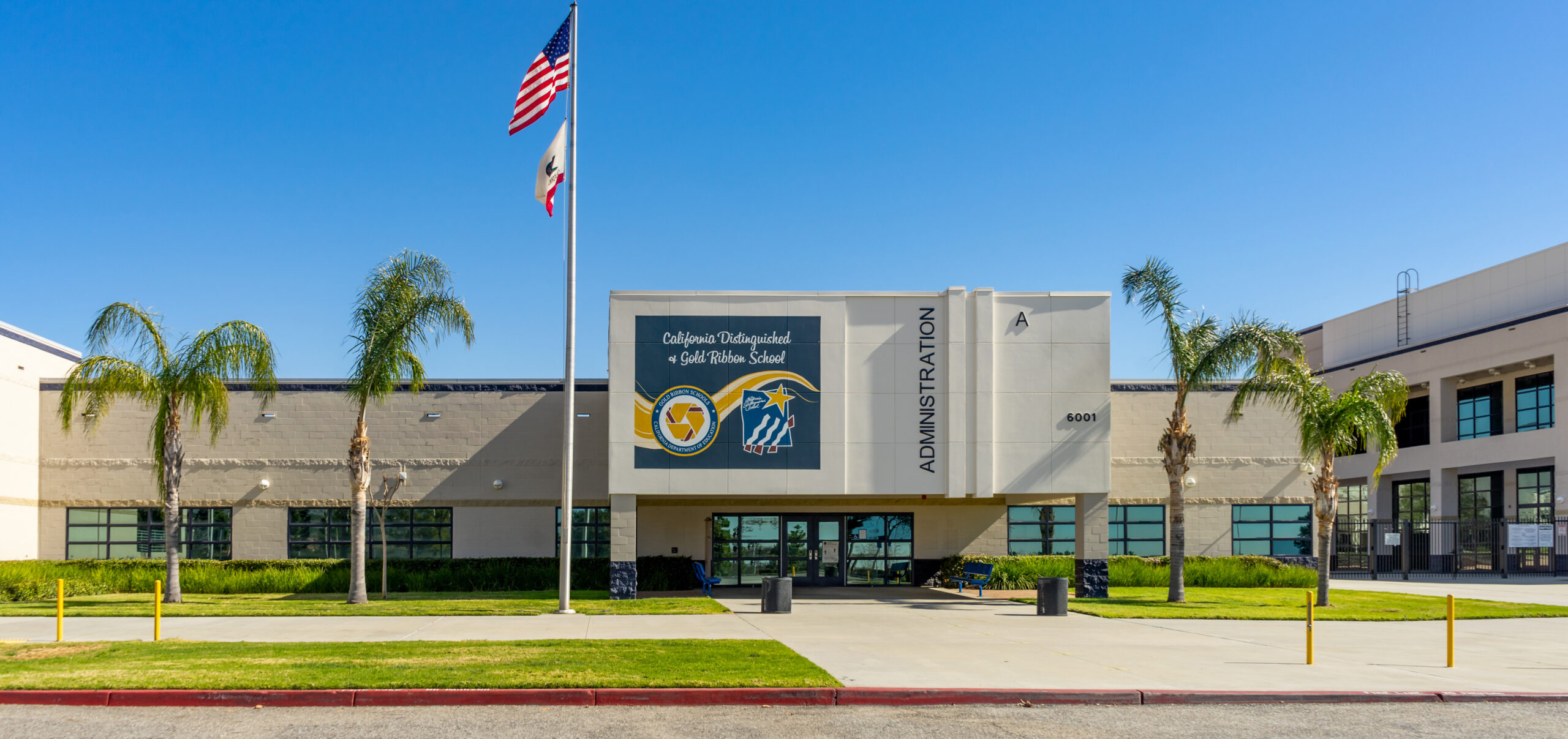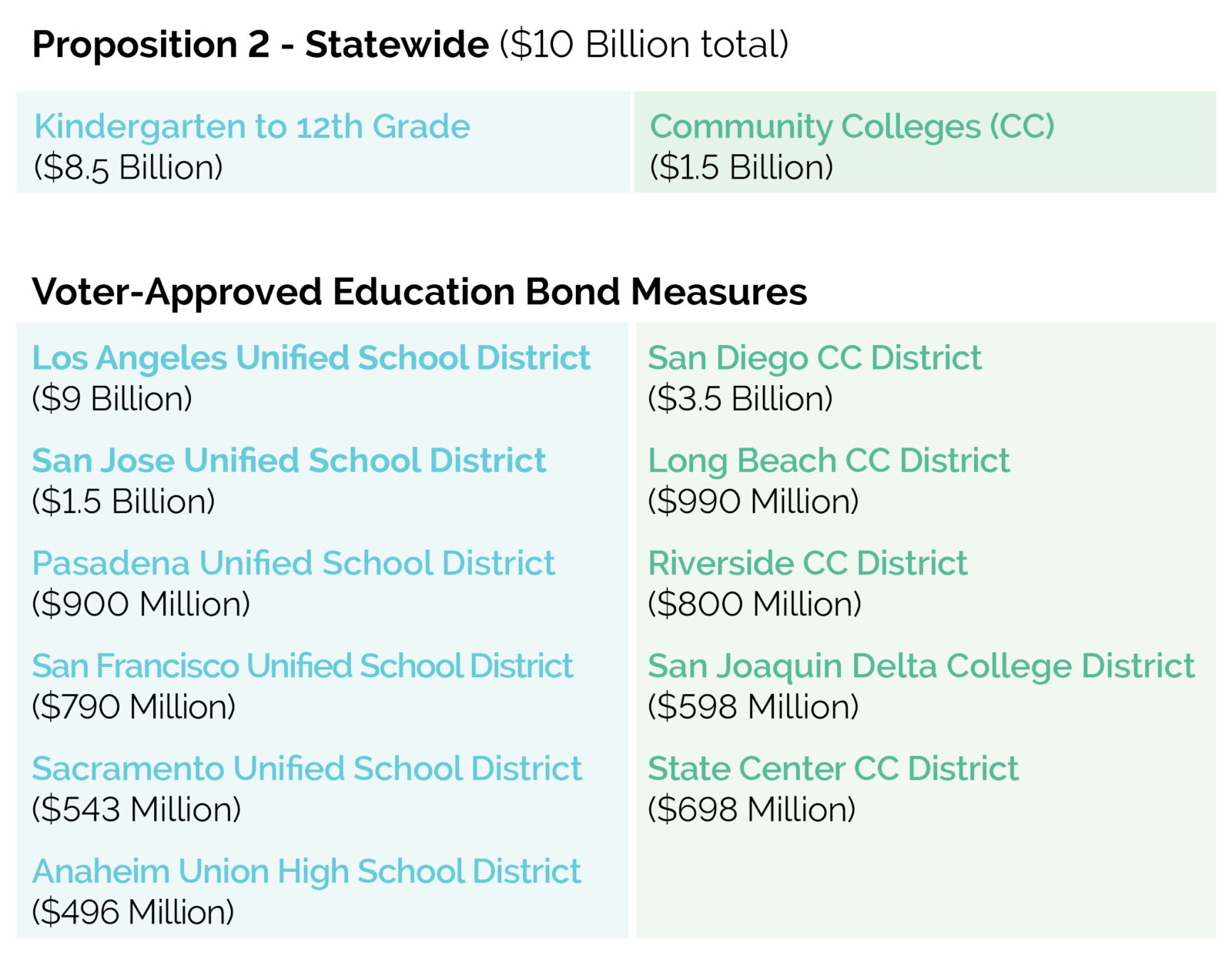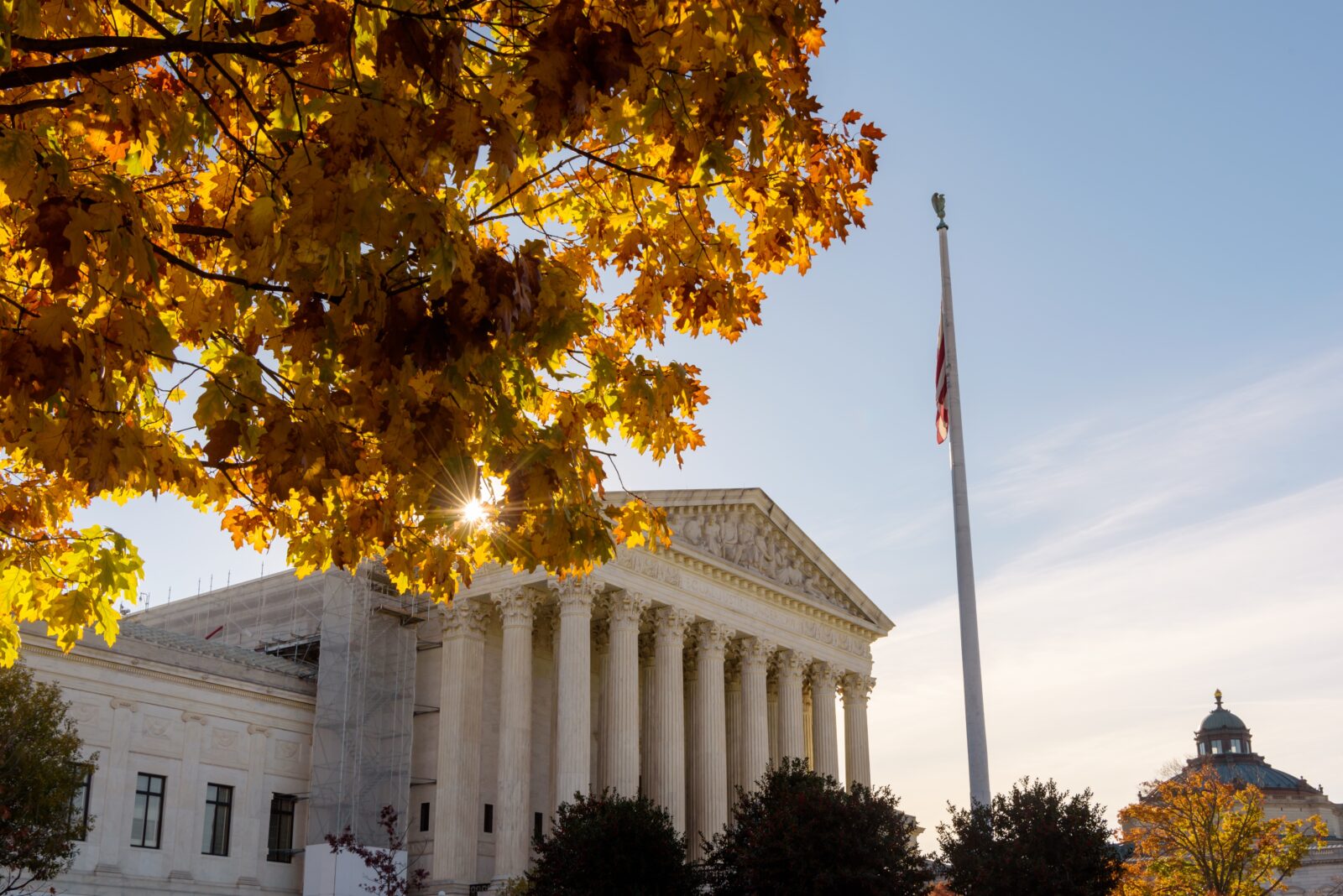California could be entering one of the largest waves of school facilities construction in recent state history following voter approval of more than $55 billion in education bonds over the past two years. This includes Proposition 2, the $10 billion statewide measure approved last year, along with billions more for local K–12 and community college districts. But before shovels hit the ground, some projects must undergo California Environmental Quality Act (CEQA) review, which carries unique considerations for schools.
CEQA’s Distinct Challenges in Education
Because students are often young and spend long uninterrupted hours at school, CEQA review for education projects places elevated attention on resource areas such as air quality, noise, and hazardous materials. For example, siting a new school near a freeway, industrial use, or wildfire-prone area almost always requires a detailed health risk assessment.
Traffic is another key issue, especially in K–12 districts where schedules create concentrated surges of congestion twice a day throughout the academic year. Under Senate Bill 743, transportation analysis now emphasizes regional vehicle miles traveled (VMT), but local neighbors often remain most concerned about drop-off and pick-up bottlenecks.
Overlapping State and Federal Review
School projects often face more than just CEQA review. For projects receiving state funding, the California Department of Toxic Substances Control (DTSC) requires environmental site assessments. Federal funding or permits can also trigger the National Environmental Policy Act (NEPA). Districts must carefully align these reviews to avoid duplication of effort and keep projects on schedule.
Modernization and Indoor Air Quality
Upgrading older campuses introduces another set of challenges. Many older school facilities contain asbestos, lead paint, polychlorinated biphenyls (PCBs), mold, or even radon. CEQA requires agencies to evaluate potential exposure during demolition and construction, with mitigation often involving abatement or specialized construction practices. As communities become increasingly aware of these issues, indoor air quality is emerging as a focal point in modernization projects, at times requiring installation of high-quality air filtration systems, including HEPA filters, to address these concerns.
Streamlining Through Exemptions, with Limits
CEQA provides Categorical Exemptions that can streamline review for smaller projects. For school projects, common exemptions include:
- Class 1: Existing facilities (e.g., adding HVAC systems or making ADA retrofits)
- Class 2: Replacement/reconstruction of gyms or classrooms on the same site
- Class 4: Minor alterations to land, such as playfields or landscaping
- Class 14: Minor additions (up to 10 classrooms or 25% of existing capacity)
However, the use of Categorical Exemptions is not always straightforward and there are exceptions to the use of exemptions where the circumstances of the project are “unusual.” The unusual circumstances rule can disqualify projects if unique, site-specific conditions pose significant environmental risks. For instance, if construction would add classrooms near sensitive habitats or known hazardous materials, if the buildings involved are historic, or if the project would contribute to significant cumulative impacts. Where an exception is triggered, further CEQA review may be required.

Streamlining Through Addenda
Another method of streamlining review for education projects involves the use of a CEQA EIR Addendum to address changes in prior approved projects. The changes must be relatively minor in nature and cannot trigger new or substantially more severe impacts. Time and effort are reduced with an addendum because the analyses can be focused and CEQA does not require time-consuming public review and formal responses to comments for these documents.
Recently, ESA assisted Cabrillo Community College in its efforts to develop a student housing project on the college’s campus in Aptos, California. While the campus master plan had not provided for housing development when it was approved in 1999, the current housing crisis being experienced by most higher education campuses created a compelling need for additional housing. Through careful analysis, ESA’s environmental planning experts were able to demonstrate how the new housing project met the criteria for an addendum to the 1999 Cabrillo College Master Plan EIR rather than a new CEQA document, allowing the campus to quickly begin the construction process.
Because many, if not most, schools and school districts have similar campus or district master plans, which are frequently subject to plan-level CEQA review, the use of addenda can be a powerful, cost-effective, and time-efficient tool in implementing school projects while meeting the letter and intent of CEQA.
Litigation Trends and Case Law
Repeated published reports show that education projects face far less litigation than those in the housing sector. But education projects are not totally immune from courtroom challenges. The most frequently challenged project types and major cases tied to them include:
- Athletic field lighting: In Saint Ignatius Neighborhood Association. v. City and County of San Francisco (2022), a state appellate court determined that 90-foot-tall outdoor high school athletic field lights had been improperly granted a Class 3 exemption because the proposed lights did not qualify as “small,” which the exemption requires.
- Modernization and expansion: In Save the Field v. San Dieguito Union High School District (2022), the Fourth District Court of Appeal repeatedly halted reconstruction of Del Mar Heights School due to deficiencies in CEQA analysis of air quality, noise, and construction impacts.
- Traffic: In City of Maywood v. Los Angeles Unified School District (2012), the Fourth District Court of Appeal determined that a high school project bisecting an active roadway required more robust EIR analysis of student pedestrian safety impacts, setting precedent that pedestrian circulation and student safety are valid CEQA issues requiring project-specific analysis.
Environmental Science Associates (ESA) supports public and private schools with comprehensive environmental consulting services, including preparation of legally defensible environmental documentation and technical studies, as well as providing construction compliance services for creating safe and modern learning environments for students.
Do you have questions about your project or a project in your community and want to speak with a CEQA expert? Reach out to our CEQA education facilities lead Paul Stephenson, AICP, for more information, and be sure to subscribe to our newsletter and follow ESA on LinkedIn for timely regulatory updates.








